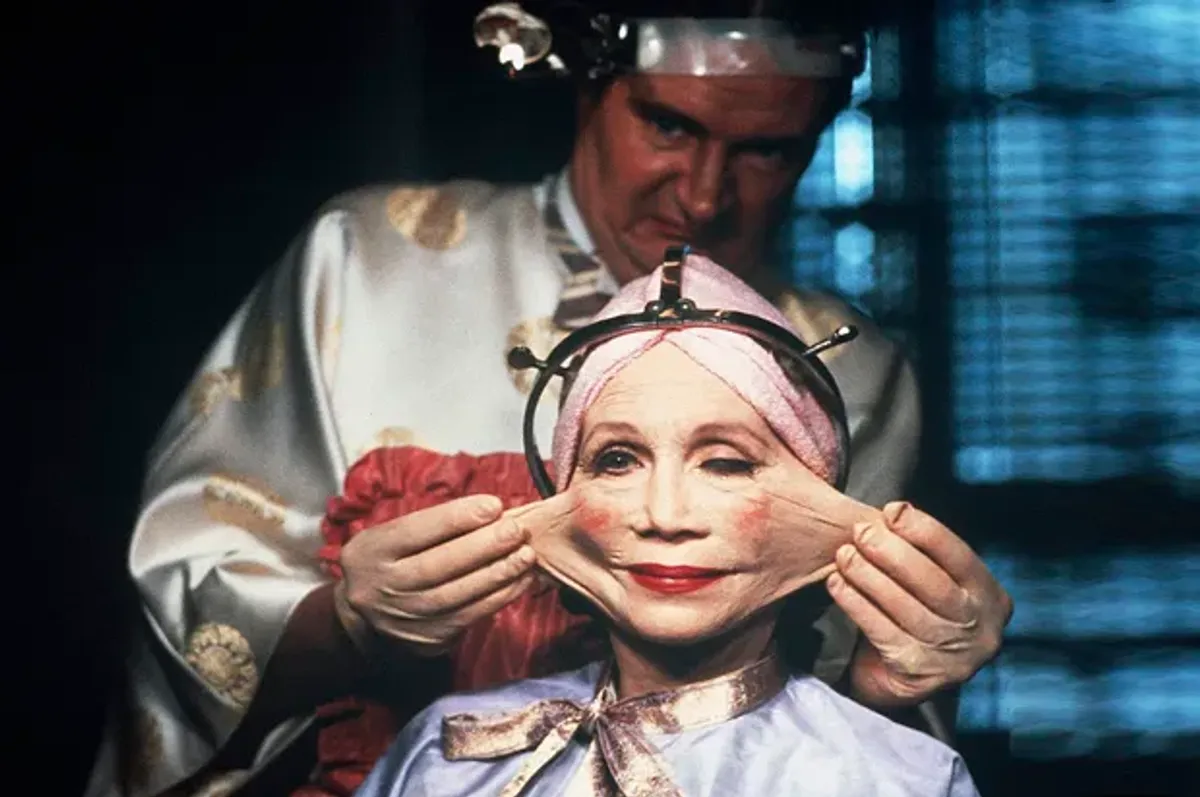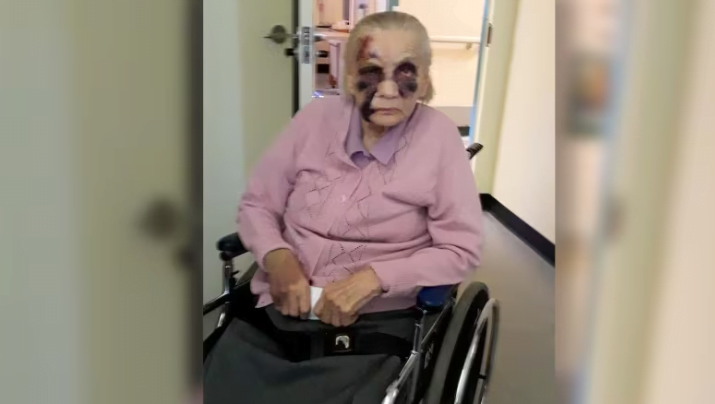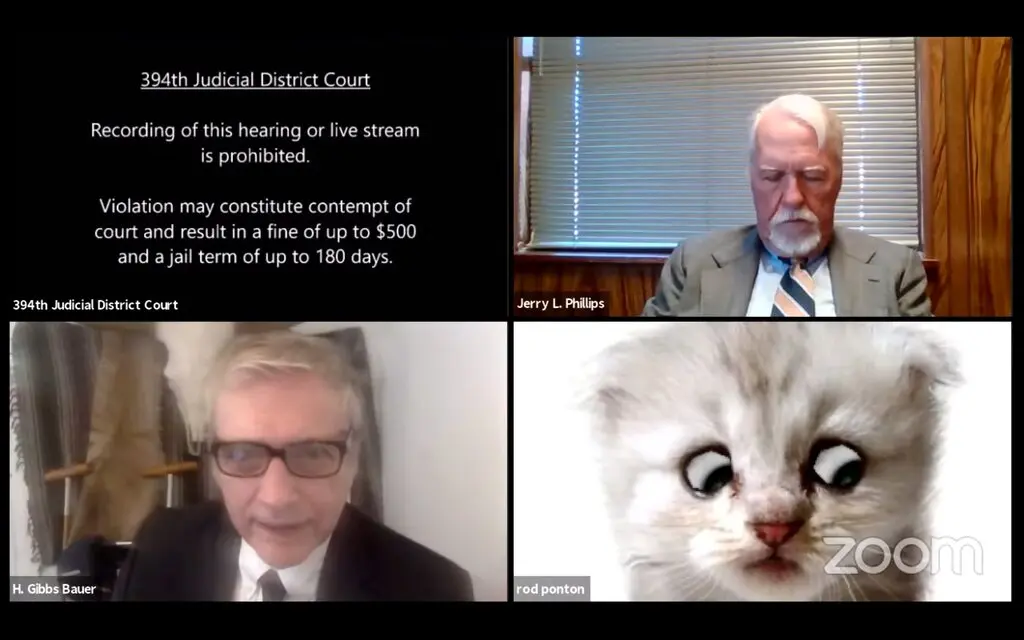No Free Bites

Dog bite cases trouble insurance companies because it is very hard to question the dog about his motives. I say his because I have never had a female dog bite a person. I’m sure it happens all the time, but not in my case files. Dogs can do a lot of damage or a little damage depending on the dog and size of the person.
If you are a mail man and get bitten, that seems a little bit like a known occupational hazard to me. That is not to say that you should get bitten. However, first it is a workers compensation case, so the post man is compensated for lost hours and medical bills. But, usually dog bite punctures to adult post men are about the lowest payout or recovery on the sliding scale of injuries to clients. The highest recovery would be to a young person bitten on the face. The next are severe injuries regardless of the person’s age. Finally, multiple punctures on a child are valued more highly than punctures to an adult. There is a general understanding that adults should be able to deal with the dog bite punctures a lot better than the child should who is more likely to be traumatized and literally scarred for life.
While each victim bears their scars differently, the value of these cases really does depend upon our preconceived notions of what the victim can handle or should be able handle balanced against the severity of the injury.
In Pennsylvania, there are no free bites for doggies. However, some notice of dangerousness is needed in non-severe cases. In severe cases, the law does not require any notice of dangerousness at all. The aptly named Pennsylvania Dog Law (1) The dog has done any of the following: (i) Inflicted severe injury on a human being without provocation on public or private property. (ii) Killed or inflicted severe injury on a domestic animal, dog or cat without provocation while off the owner’s property. (iii) Attacked a human being without provocation.
More often than not, the dog owners are at fault in ways that are simply not apparent to the owner. For example, letting a dog out in the back yard should not be the sum total of their exercise. It is simply not enough for most dogs of any size. Dogs that never interact with people outside the home or with strangers are very likely to bite people when they feel like their people are in danger or their home is being invaded. Plus, with energetic and muscled dogs like pit bulls, they need to be exposed and socialized in the real world. It is nearly impossible to pen a dog up in the home and expect nothing to happen when a stranger comes to the yard or in the home. Of course the dog is going to act differently. The visitor is new and strange and the dog is not used to that. My dogs will bring you a toy. Other dogs will come ready to attack or protect their owners. If you don’t know enough about dogs to register the difference between labrador retrievers and pit bulls and how they will react, then you should not have dogs.









